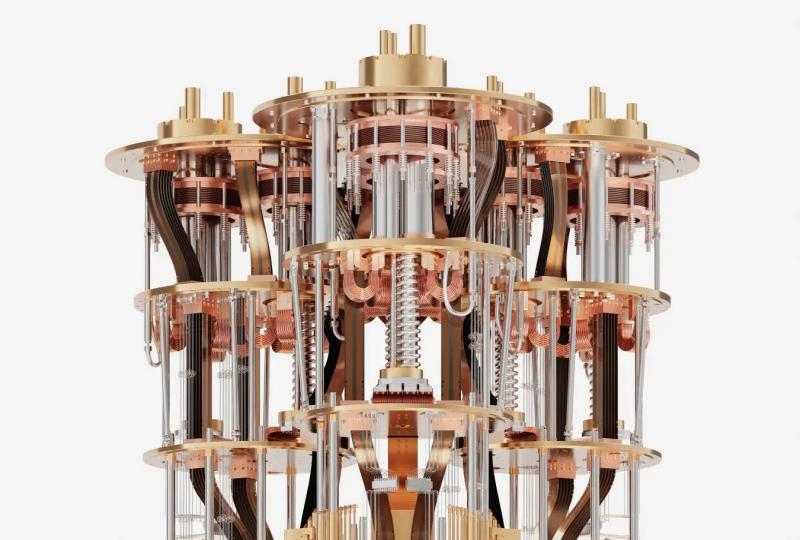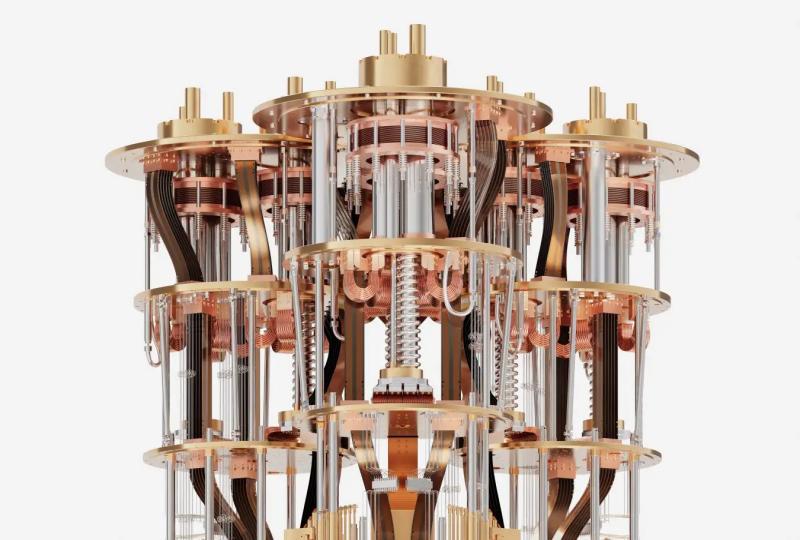Cryogenic Quantum Hardware: The Cold Engine of Quantum Tech
2025.05.21 · Blog cryogenic quantum hardware
Introduction: Why Cold Matters in Quantum Computing
Quantum computers are redefining what’s computationally possible. But behind their revolutionary potential lies an essential piece of the puzzle—cryogenic quantum hardware. These specialized systems cool quantum processors down to temperatures near absolute zero, creating the right conditions for qubits to function reliably.
In this article, we’ll explore what cryogenic quantum hardware is, why it’s critical, and how it supports the future of scalable quantum machines.
What Is Cryogenic Quantum Hardware?
Cryogenic quantum hardware refers to the ultra-low-temperature infrastructure—like dilution refrigerators and cryostats—used to host and operate quantum processors. Most qubits, especially superconducting qubits and spin qubits, require environments colder than deep space (~10 millikelvin) to exhibit quantum behavior such as coherence and superposition.
This hardware typically includes:
-
Dilution refrigerators to reach millikelvin temperatures
-
RF and microwave lines to control and read out qubits
-
Thermal shielding to isolate the quantum processor from noise
Why Cryogenic Temperatures Are Essential
Quantum systems are extremely sensitive. At room temperature, thermal energy causes decoherence, effectively destroying the quantum states needed for computation.
Operating at cryogenic temperatures:
-
Minimizes decoherence, extending qubit lifetimes
-
Reduces thermal noise, improving signal-to-noise ratios
-
Enables superconductivity, crucial for superconducting circuits
Without this freezing environment, today’s most advanced quantum computers simply wouldn't work.
Cryogenic Hardware in Today’s Quantum Systems
Industry leaders like IBM, Google, and Intel rely on advanced cryogenic platforms to operate their superconducting and spin-based qubits. For example:
-
Google’s quantum processors (e.g., the new Willow chip) run in dilution refrigerators from companies like Bluefors.
-
Intel’s spin qubit research is coupled with custom cryo-CMOS electronics for better integration.
Additionally, research is expanding into cryogenic-compatible control electronics to reduce the complexity of room-temperature connections.
Challenges and Innovations of Cryogenic Quantum Hardware
Despite its importance, cryogenic hardware poses significant challenges:
-
Size and cost: Current systems are large, expensive, and power-intensive.
-
Scalability: As qubit counts grow, so does the need for more cooling and wiring.
-
Integration: Merging control electronics inside the cryogenic environment is complex but necessary.
Innovations like cryo-CMOS, compact dilution refrigerators, and cryogenic photonics are addressing these hurdles, making cryogenic systems more compact, affordable, and scalable.
The Future of Cryogenic Quantum Hardware
As quantum computing advances toward practical applications, cryogenic hardware must evolve. Future systems will need to:
-
Support millions of qubits
-
Integrate error correction protocols
-
Operate with greater energy efficiency
Cryogenic engineering, once a niche field, is now a core enabler of the quantum era.
Conclusion
Cryogenic quantum hardware is more than just cold tech—it’s the foundation of modern quantum computing. It enables fragile qubits to perform complex tasks by shielding them from the chaotic warmth of our everyday world.
Whether you're a quantum enthusiast, researcher, or investor, understanding this cold frontier is key to appreciating where quantum computing is headed next.
Featured Content






